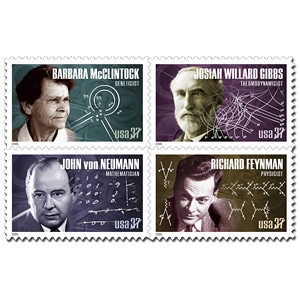Helis the whale is summering in Philadlephia. Spotted a couple of weeks ago as far north in the Delaware as Trenton, and then again this week in the Schuylkill River, biologists speculate that Helis has come to enjoy the warm (relatively speaking) waters in his old age. Beluga whales typically range much further north than the Delaware Bay, and Helis comes from the St. Lawrence River estuary. He has been observed there since 1986, which means he must be at least 20 years-old, but is probably closer to 30 years old and nearing the end of his life. How do you tell how old a whale is? How long do they live? Humans are among the longest-living mammals, with a life-span on the order of 100 years. Human ages can be verified by consulting birth and census records. Whales are also apparently very long-lived, but discovering the age of a whale is a somewhat more daunting task and the life-spans of most whale species have not been established.
In the case of belugas like Helis, longitudinal observations of populations provide an answer. Individual whales are identified, then followed for their lifetimes, the cetacean equivalent of the US Census. Many whale populations are not regulars in rivers, and not so easily followed -- what then? The concept of
chirality again comes into play as chemists and biologists try to answer the question.
The ages of some whales, such as blue whales and fin whales can be determined by counting the layers of ear wax in their inner ears. [
Really!] These whales have an apparent life-span similar to that of humans, between 80 and 100 years. Bowhead whales, which live north of the Artic circle, are still hunted in limited numbers by the Inuit. Since the early 1980s, several clearly ancient harpoon heads have been found embedded in modern bowhead whales. The types of points recovered had not been used since the late 19th century, suggesting the whales were more than 100 years old. Inuit oral histories also supported a long life span for these whales, as multiple generations of hunters described encountering the same whale.
There are two forms of the
amino acid aspartic acid, R and S. Amino acids are the building blocks of proteins. The S form os aspartic acid is what is found in naturally occuring proteins. Over time, some of the S form will turn into the R form, a process called racemization. The degree of racemization of aspartic acid in the lense of the eye has been used to find the ages in 20 different species, including humans. Ages were obtained for 48 different whales, one which had an apparent age of 211 years [
Can. J. Zool. 1999,
77, 571-580], making the bowheads the longest living mammals known!

















